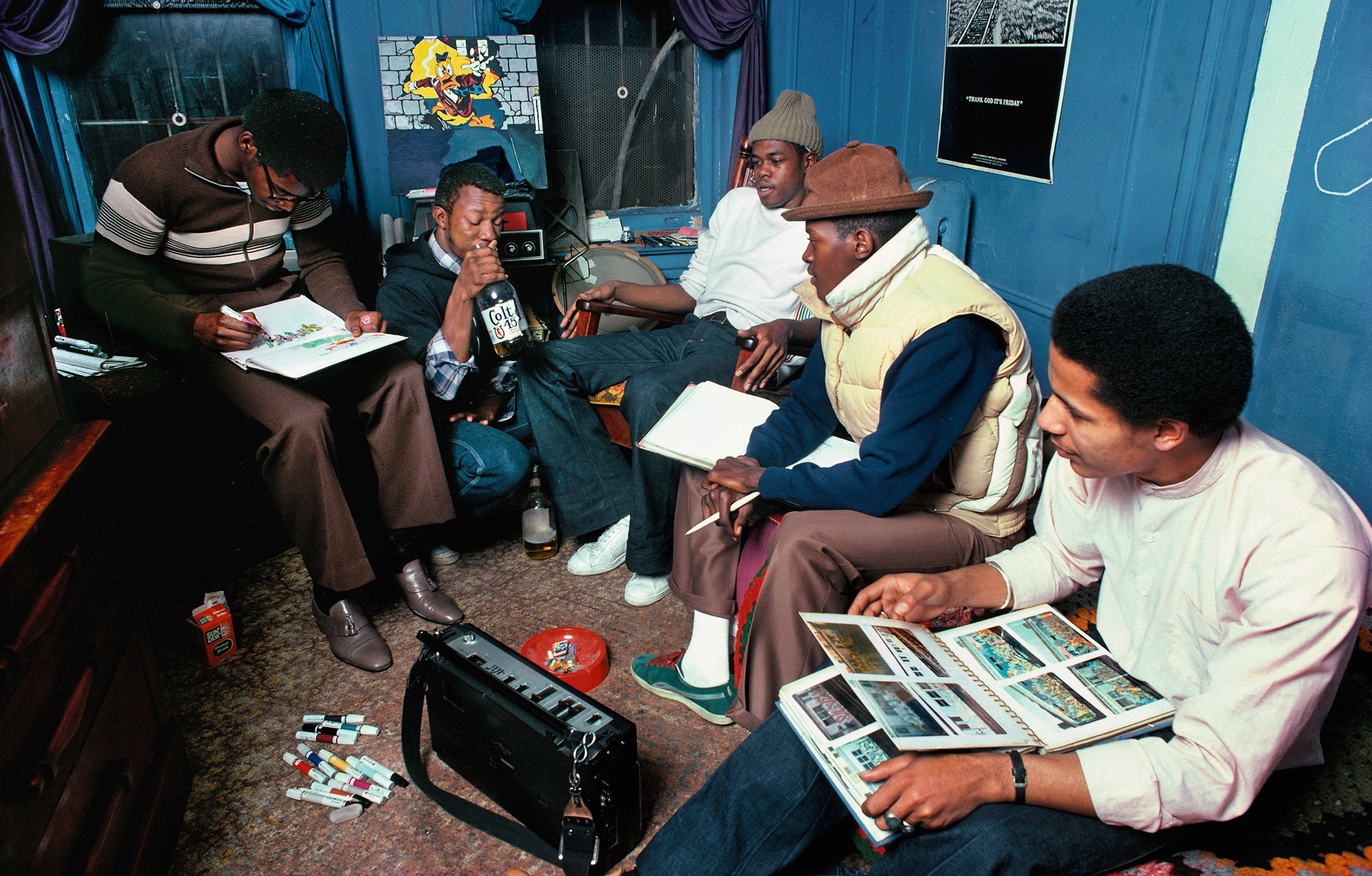If you’ve seen Cheryl Dunn’s outstanding documentary film Everybody Street – an oral history of New York City street photography as told by 13 of its most beloved practitioners – you’re familiar with Martha Cooper. The 74-year-old photojournalist made her name documenting the graffiti culture emerging in the Bronx in the late 1970s. It’s a time, place, and community that is particularly inspiring today: take Baz Luhrmann’s Netflix series The Get Down, for example, or Marc Jacobs’s most recent collection. (The designer’s BookMarc store recently hosted a signing for Cooper’s Everybody Street co-star Jamel Shabazz). What better time, then, for an exhibition of Cooper’s most iconic images?
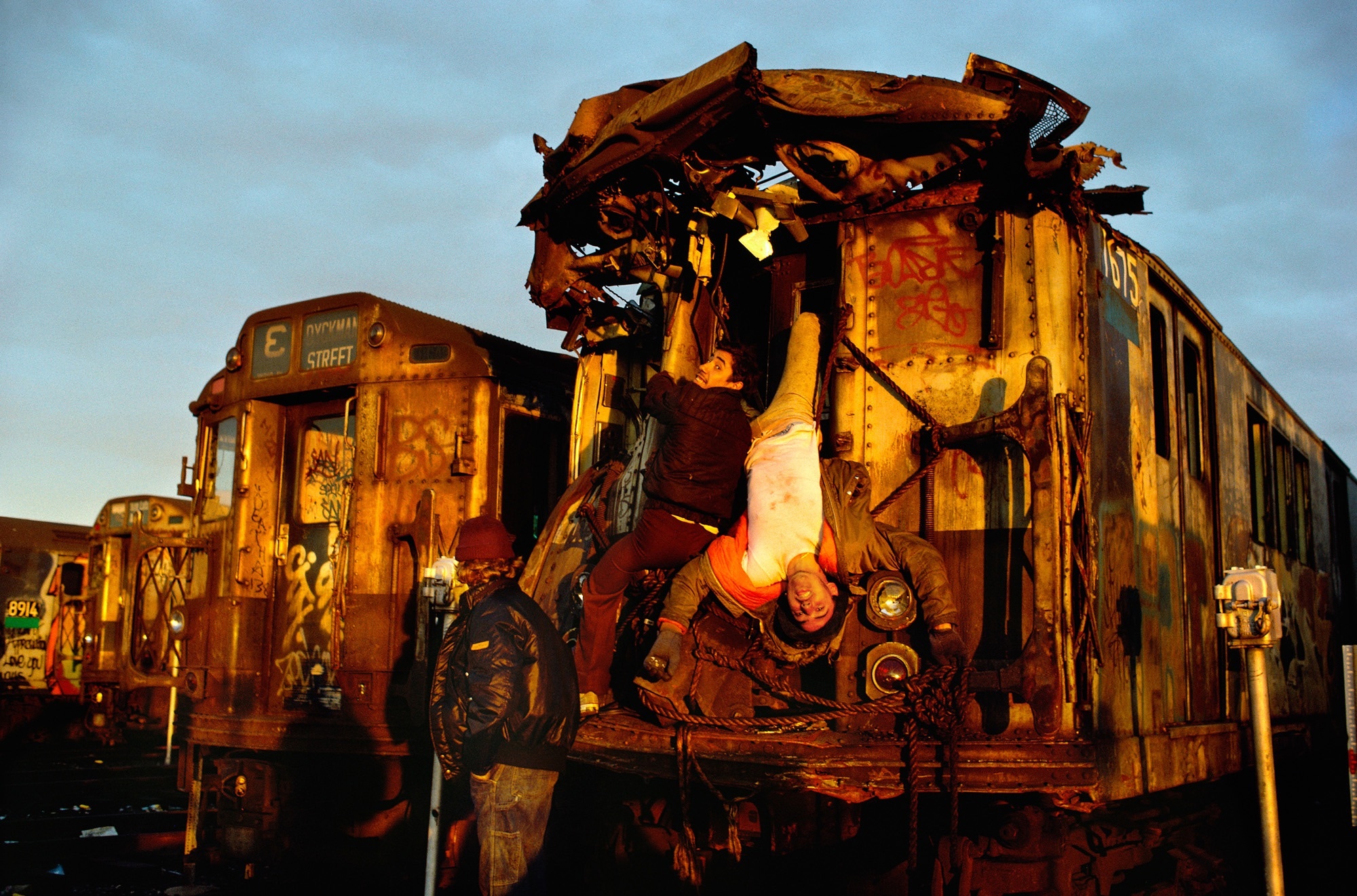
A new show, now open at New York’s Steven Kasher Gallery, collects 30 of Cooper’s best-loved photographs. The vibrant color portraits Cooper made of street artists sit alongside black-and-white images chronicling New York City street life, originally published in her books like Street Play. These bodies of work are distinctive, but closely connected.
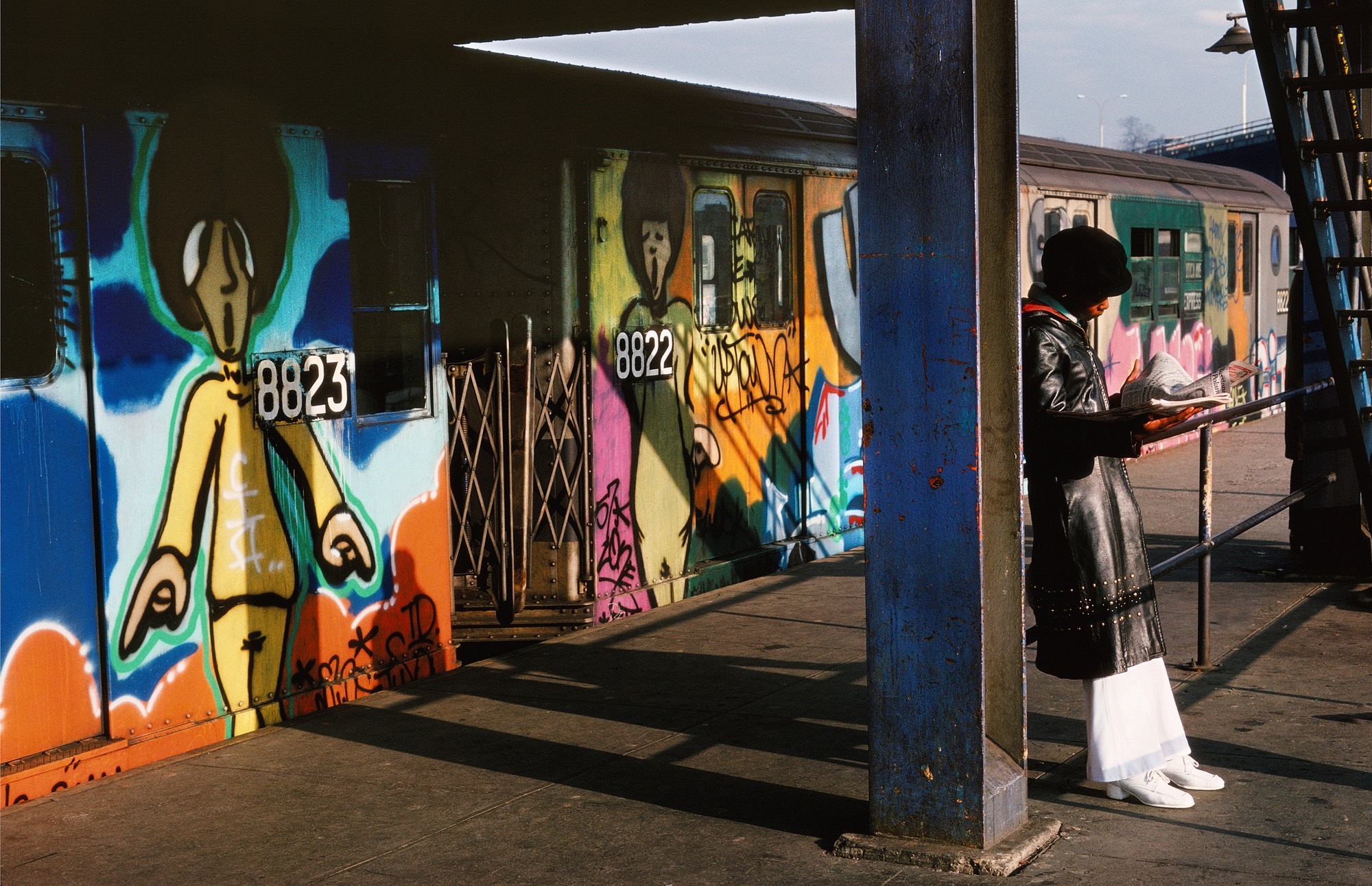
Baltimore-born Cooper worked as a New York Post staff photographer from 1977 to 1980. She began shooting the unsupervised children who played amongst the rubble of the neighborhoods she visited while on assignments. Old mattresses transformed into trampolines, hydrants into fountains, chain-link fences into jungle-gyms. While making this work, she met HE3, a young graffiti writer based in the Bronx. He introduced Cooper to a street art legend, Dondi, who connected her to his pioneering creative community.
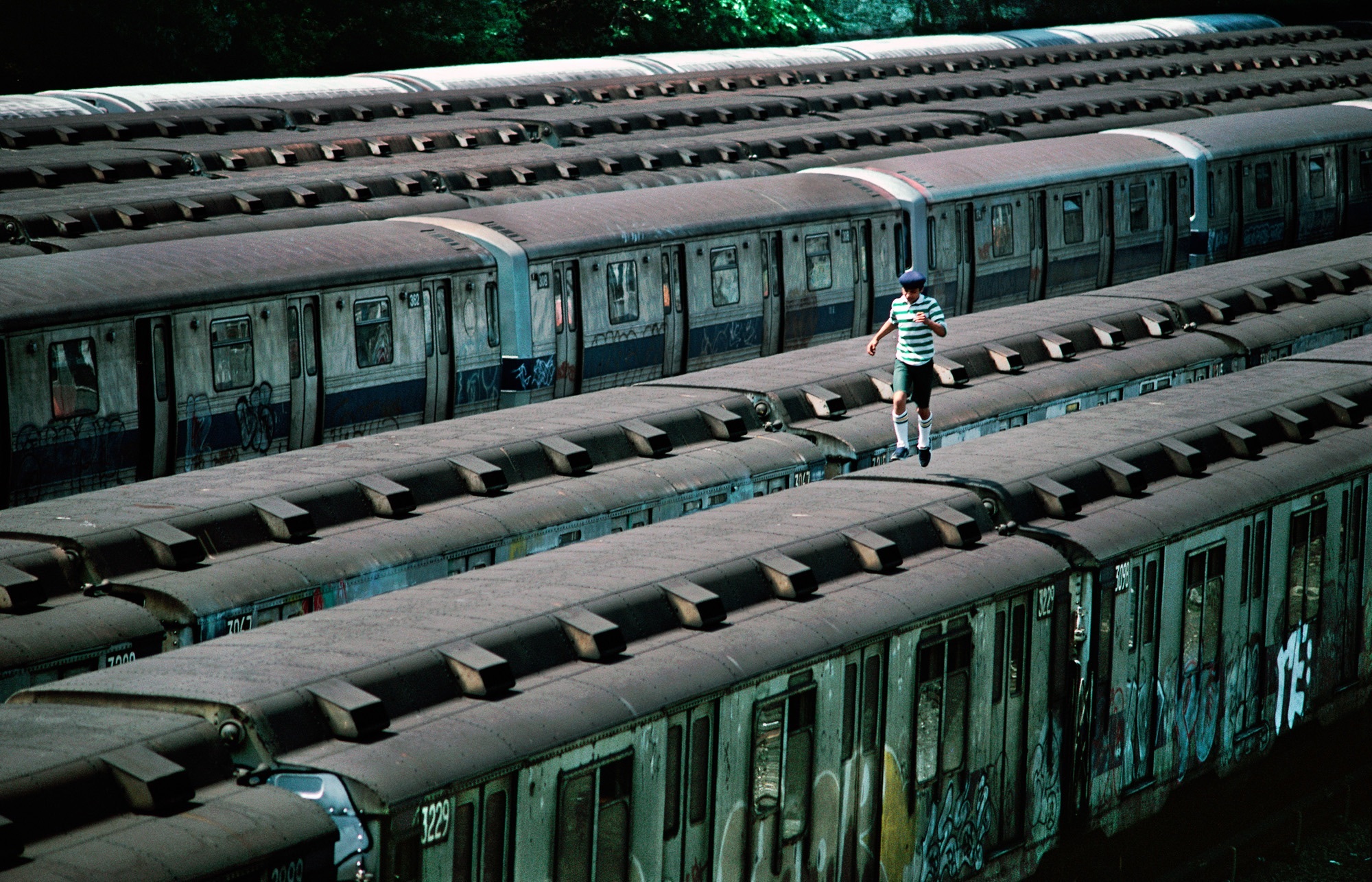
Cooper accompanied the crew on their nights at the train yards, documenting just how they created such massive masterpieces. Often, they’d tip her off when a new piece was completed, and she’d race up to the Bronx, staking out an ideal location to capture it. Sometimes, Cooper would wait on top of her car in a vacant lot for up to five hours, scanning each train car, hoping the next one carried that explosion of color.
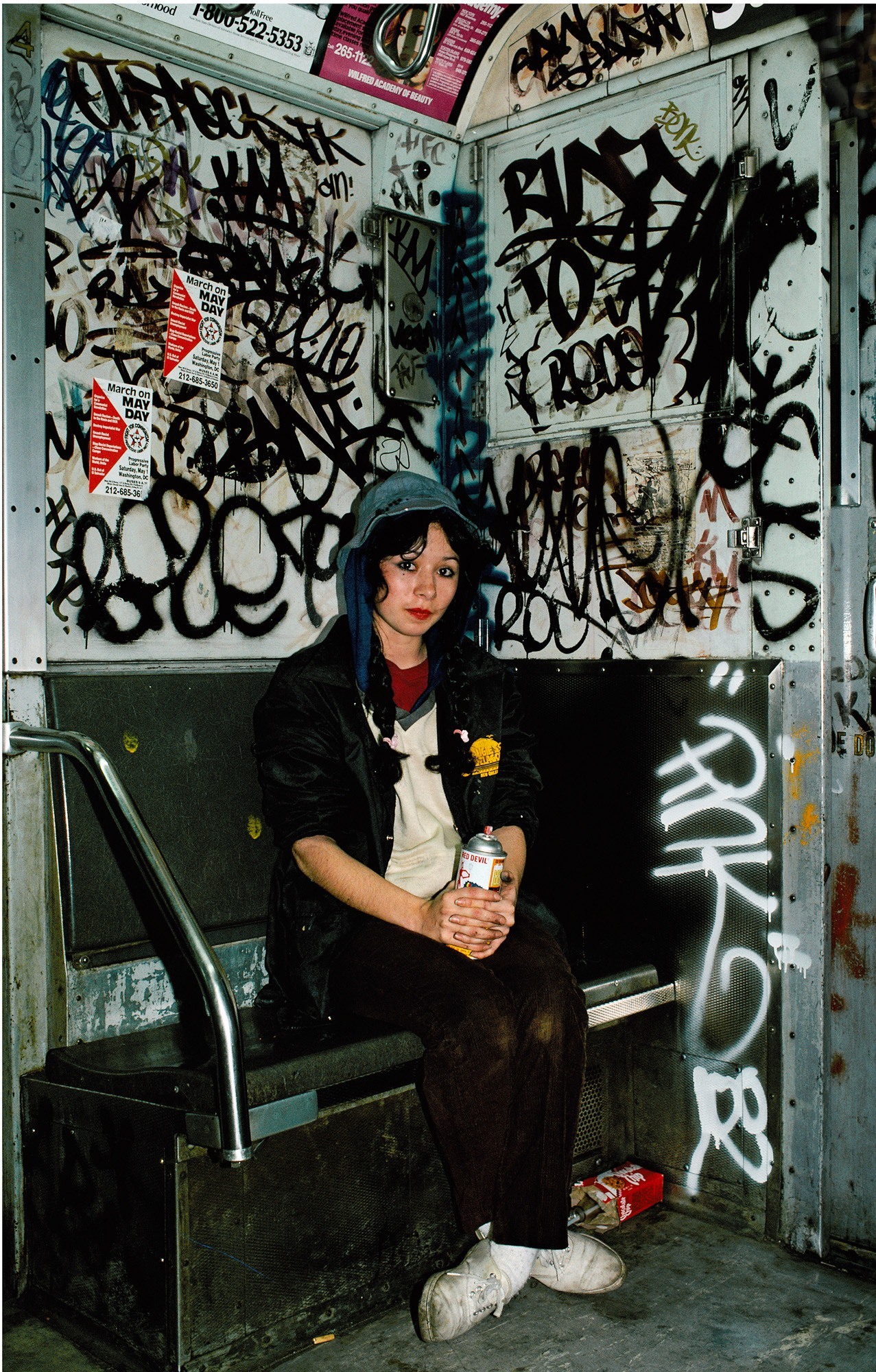
Many of Cooper’s photographs preserve what’s vanished. The subway car paintings she camped out to capture would sometimes only exist for a matter of days, if not hours. And it’s been decades since the inside of a train car looked like the bathroom of a gutter punk bar. (Then again: even in 2017, NYC commuters still need a poster campaign explaining they shouldn’t clip their fingernails during rush hour.) In one of the black-and-white images, two girls play on a decrepit New Jersey pier, dwarfed by the Twin Towers in the background.
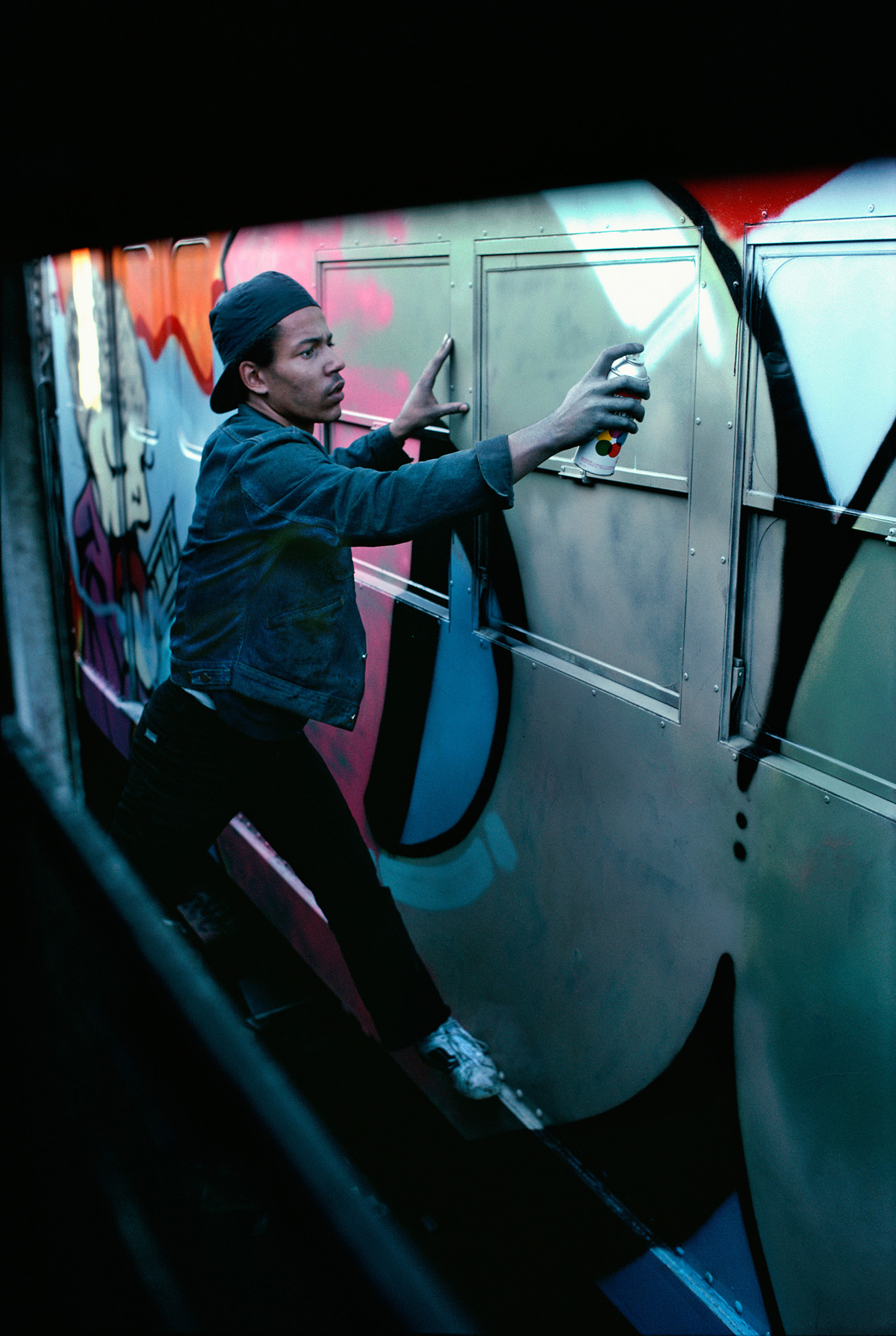
Other pictures in the show depict New York moments that transcend time. In one, a man leaps over a sidewalk snowbank on the Upper East Side (a move we all aim to perfect each winter). In another, Cooper captures Coney Island, featuring – what else? – too many people. Cooper’s photographs celebrate our city’s spirit. They’re evidence of the creativity, resourcefulness, and resilience New Yorkers exude, in even the most adverse circumstances.
‘Martha Cooper’ is on view at Steven Kasher Gallery through June 3. More information here.
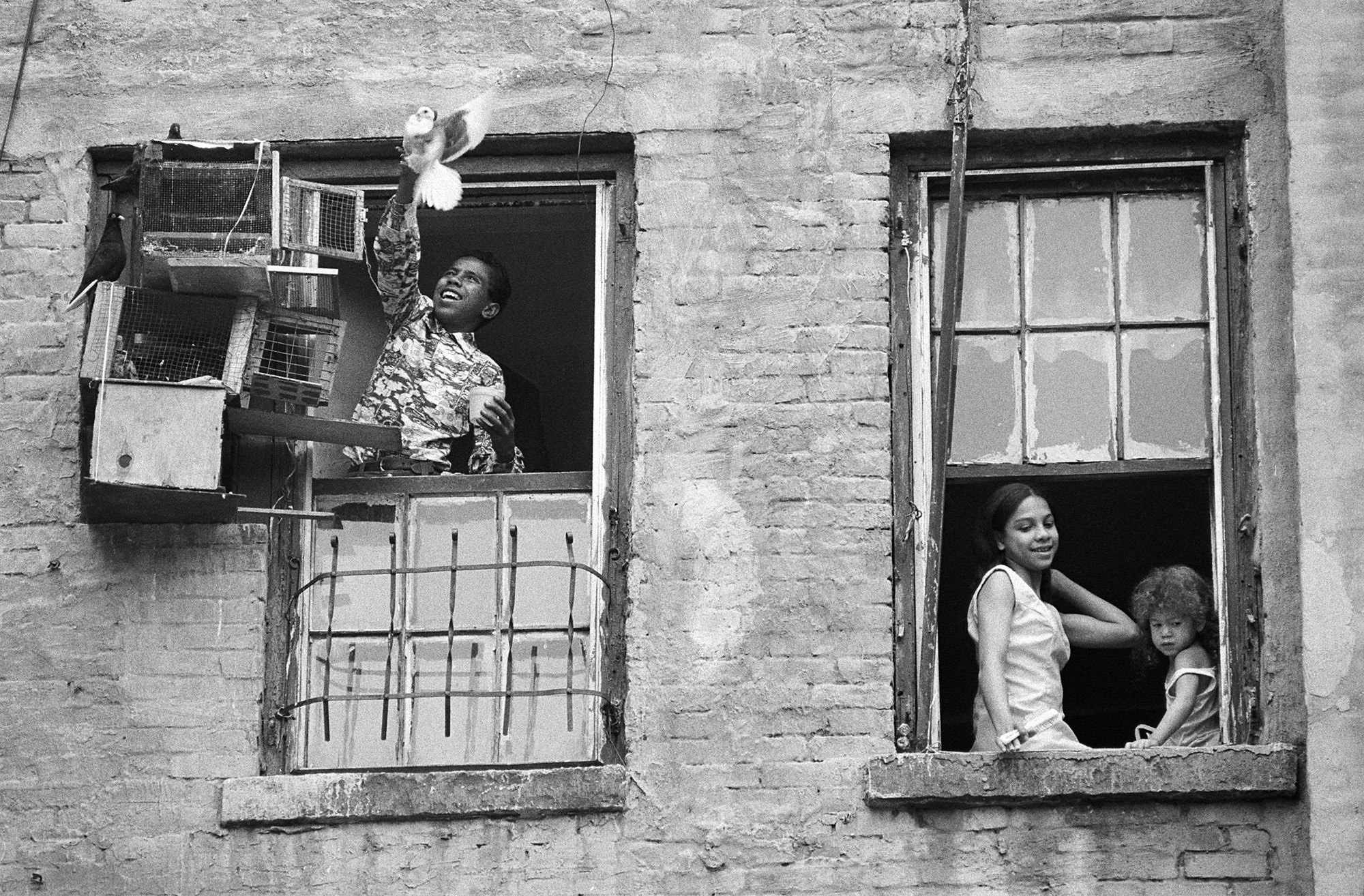
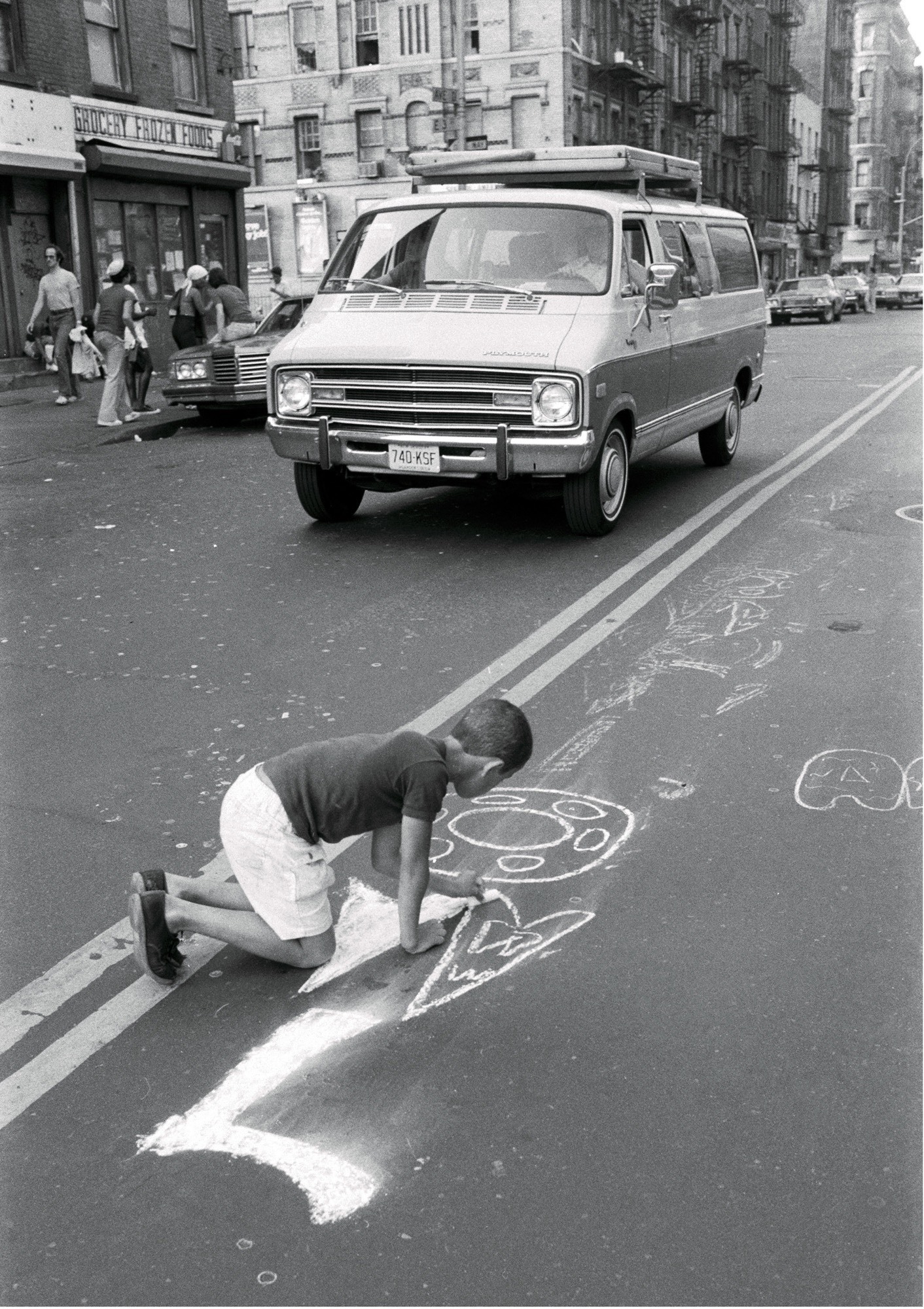
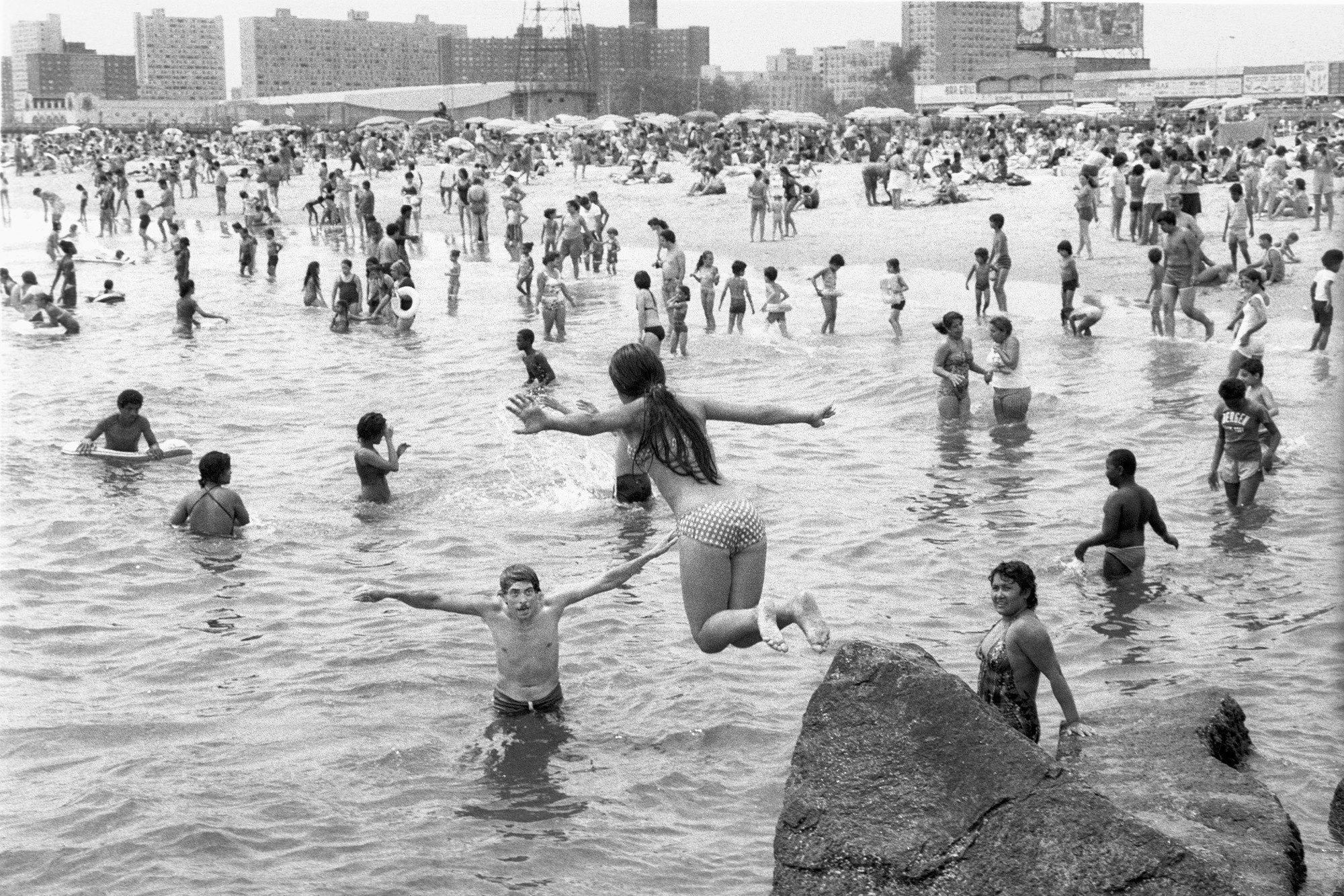
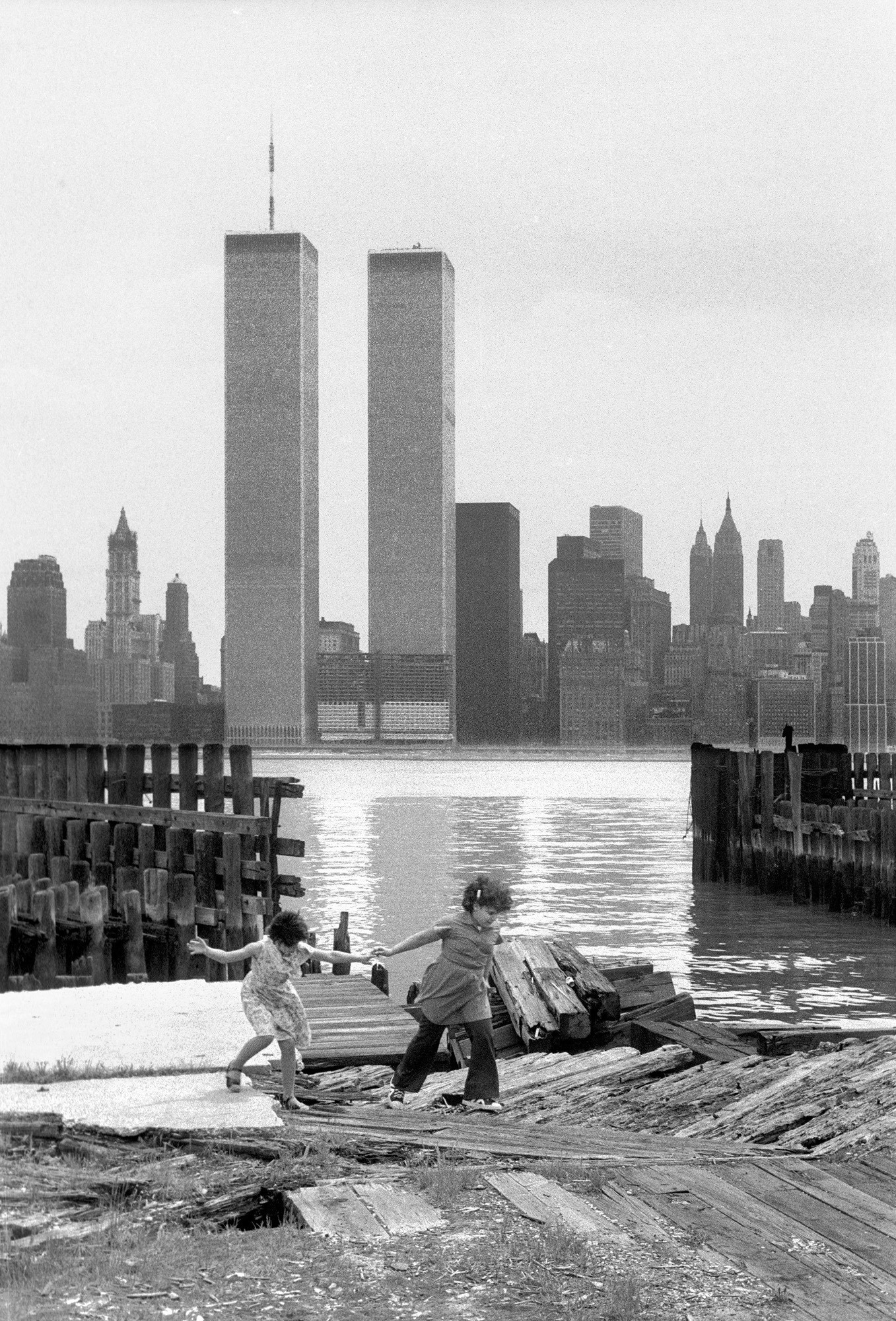
Credits
Text Emily Manning
All images Martha Cooper, courtesy of Steven Kasher Gallery
